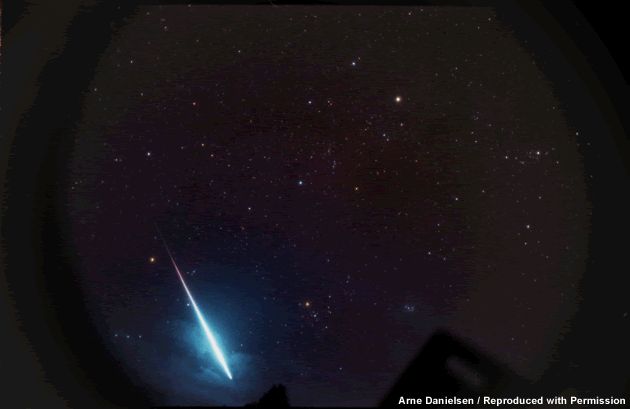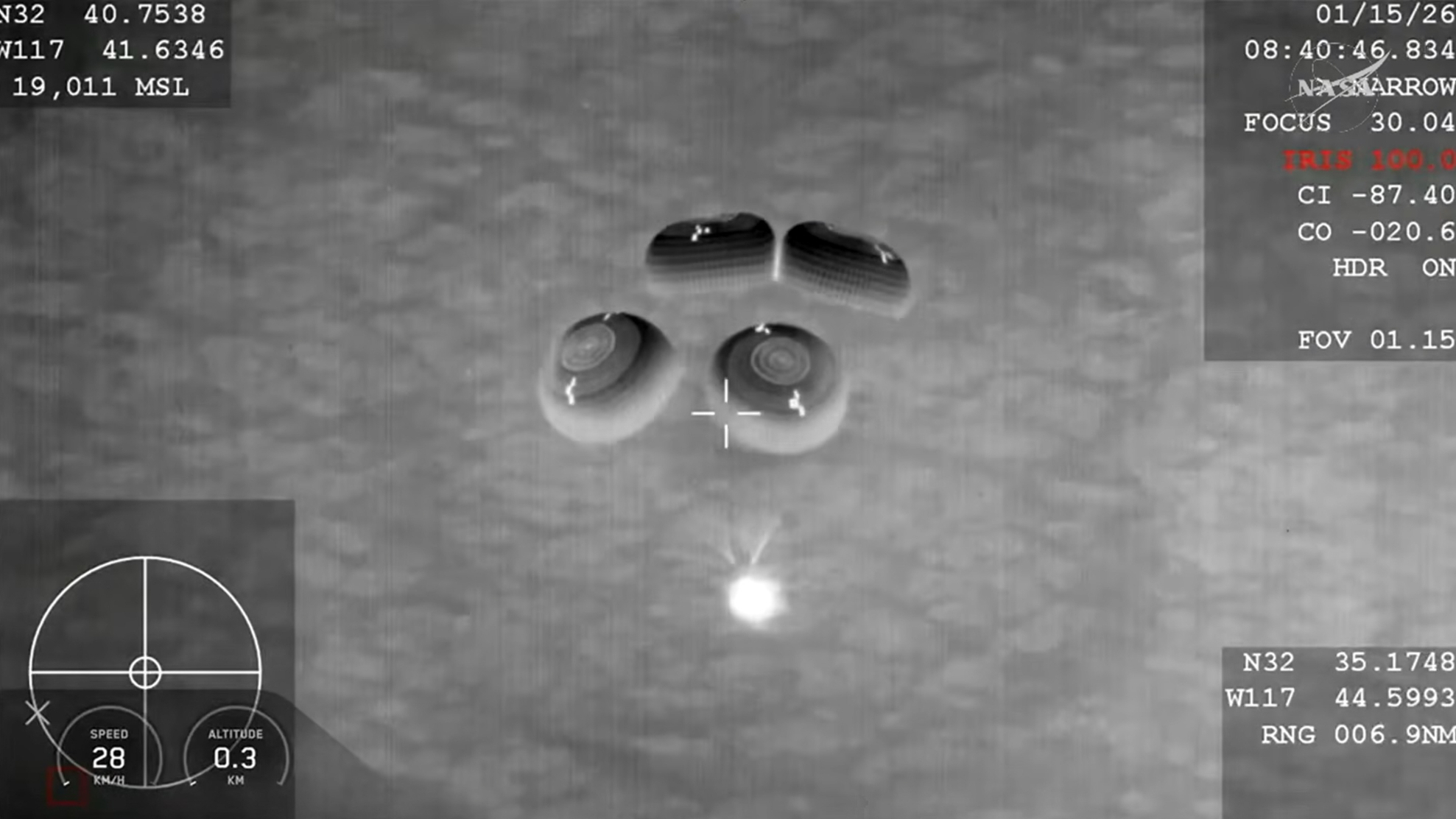How to Hear the Leonid Meteor Shower

Meteor showers can be disappointing if your skies are cloudy or if you live in the wrong location. This weekend's Leonid meteor shower, for example, will be best viewed from parts of Europe and eastern North America.
Skywatchers elsewhere, including western North America, should see a typical rendition of the annual show-a few meteors per hour-but will miss the peak flurry, expected to start around 11:45 p.m. ET and last a couple hours.
The less fortunate can listen in, however.
Some meteor enthusiasts are already capturing snippets of faraway radio broadcasts that bounce off the electrified trails of Leonid meteors. A variation on the technique can be used to record pings of varying intensity and length amid background static. You can try to capture the sounds yourself, or you can hear a live broadcast of them on the Internet.

"Meteors burn up in the atmosphere and leave an ionized trail which acts like a mirror to reflect transmitted signals from stations hundreds of miles away," explained Michael Boschat, a member of the Royal Astronomical Society of Canada. "Any meteor will be heard this way, but more are usually heard during meteor showers."
When and how
Many more meteors can be heard than seen, including faint meteors that would not shine bright enough to be noticed visually. So while a typical hour of pre-dawn skywatching this weekend might reveal just a handful of Leonids, Boschat is already hearing several dozen each hour.
Breaking space news, the latest updates on rocket launches, skywatching events and more!
Residents in western North America will miss this year's Leonid peak because the constellation Leo, from which Leonids appear to emanate, won't have risen yet. But listeners are not inhibited by the horizon.
"They can be heard before Leo rises and one will note an increase in the number per hour as the night goes on," Boschat said in an email interview. "At maximum they can continuously overlap each other, as happened to me in the 1998 and 2002 peaks."
Audibly, the Leonids continue for a while past dawn, too.
"Watching is better," Boschat admitted. "But if overcast ... this is the best way not to miss the shower. One can always visualize them zipping by in their mind."
You can listen to the Leonids at the Roswell Astronomy Club website or hear past events of varying types archived by the American Meteor Society.
Do it yourself
Boschat explained two ways you can create your own listening setup.
The least expensive way is to use a digital FM radio set to a distant known station frequency that you cannot hear. A meteor will reflect that signal so you will hear a brief bit of music or speech. For this to work, you can't have too many FM stations in your area because overlap from them will mute the meteor signal.
The second way is using an amateur radio set at a TV station known frequency. "For me I have to use Ch. 6 at 83.25 MHz. The other stations would be Ch. 2 at 55.25 MHz and Ch. 4 at 67.25 Mhz."
The latter method requires an amateur radio with a dipole antenna, however, a setup "that could be a bit beyond the scope of some observers," Boschat said.
- Leonids 2006: What to Expect
- Top 10 Leonid Meteor Shower Facts
- Meteors and Meteor Showers: How They Work
- Shooting Star Reflections: The Leonid Meteor Storm of 1966
- Does Anyone Ever Get Hit by Meteors?
- Tips on Meteor Shower Photography
- Leonid Image Galleries: 1, 2, 3, 4

Rob has been producing internet content since the mid-1990s. He was a writer, editor and Director of Site Operations at Space.com starting in 1999. He served as Managing Editor of LiveScience since its launch in 2004. He then oversaw news operations for the Space.com's then-parent company TechMediaNetwork's growing suite of technology, science and business news sites. Prior to joining the company, Rob was an editor at The Star-Ledger in New Jersey. He has a journalism degree from Humboldt State University in California, is an author and also writes for Medium.
